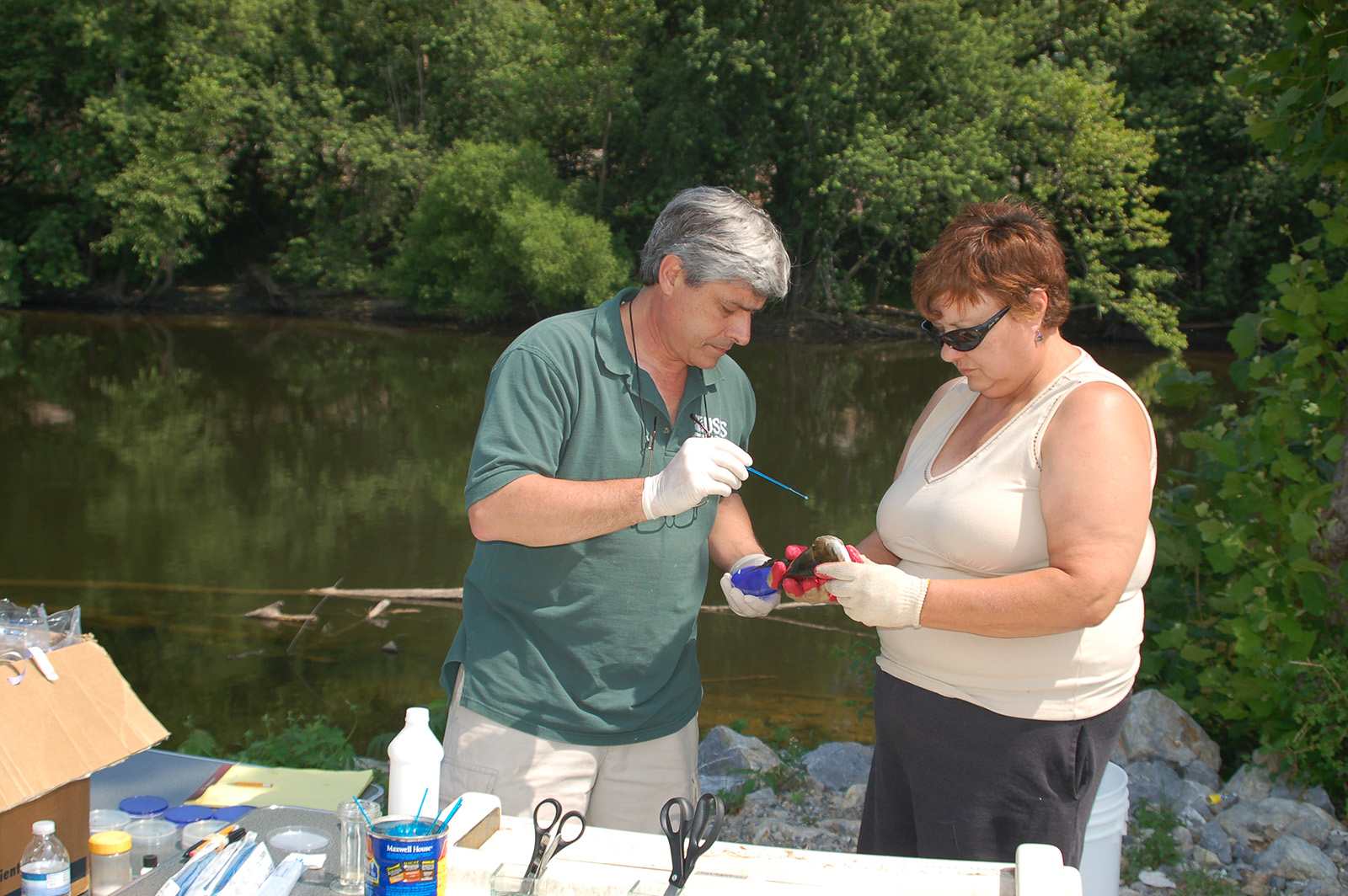By Bruce Ingram
Photos by Bruce Ingram
Like every part of the state, the Upper James, Shenandoah Valley, and Northern Virginia section of the Old Dominion features numerous quality fisheries as well as challenges. Virginia Department of Wildlife Resources (DWR) Regional Fisheries Manager Steve Reeser focuses on the latter in this update.
“We’ve closely followed the northern snakehead since it showed up in the Potomac,” he said. “In this region, right now, snakeheads are in lakes Burke, Brittle, and Frederick, the upper Rappahannock River, and several other small impoundments as well. We have not yet documented snakeheads as having a negative impact on most sportfish species, but the long-term impact to the overall fish community is not known.
“Regarding snakeheads, one positive is that populations in some waters seem to have declined somewhat because of angler harvest. Also a factor is that when new fish species are introduced, there is typically a surge in numbers, next populations level off, and then the species reaches its carrying capacity,” Reeser explained.
Reeser strongly urges anglers not to transplant either nonnative (as has been the case with snakeheads) or native fish from one body of water to another.
“Some anglers think that they can make fishing better by transplanting snakeheads, Alabama bass, or whatever species from point A to point B,” he said. “We have to educate people about the pitfalls that can occur because of those transplants. Even introducing native fish into a different watershed can cause disease to spread, for example.”
Another area of concern is the series of poor spawns on the upper James.
“We aren’t exactly sure what is going on with the declining smallmouth bass population on the upper James,” he said. “We know that there have been spring high-flow issues that have negatively impacted spawning success. But is there something going on with young smallmouths after the hatch?
“Two years ago in the Shenandoah watershed, we received reports of baby smallmouth under stress in the shallows. And when three-inch bass don’t feel well, they don’t last very long. We sent those bass off to the United States Fish and Wildlife Service for testing. But it was hard to connect the dots. Was it bacteria, contaminants, some soup of chemicals or a synergistic effect?” Reeser said.
The biologist relates that a major focus of the DWR in his region is to continue to educate landowners on the importance of riparian zones. Several important aspects of this objective include the need to fence cattle out of streams and to establish lush buffer zones instead of that “golf course look.”

Banks that lack vegetation and are eroded can impact water quality and fish populations.
“Healthy riparian zones are nature’s filter,” Reeser said. “They keep sediment and silt out of a stream and are a win-win for landowners who then don’t have their banks washing away and for anglers who will experience better fishing. They also filter out excessive nutrients and other pollutants that can degrade water quality and affect the health of aquatic organisms. Riparian zones are important not only on flowing, perennial streams, but also on ditches, temporary streams, and vernal pools—they all need to be protected in order to have healthy waterways.”
Reeser praised the numerous organizations in the region that over the years have worked with DWR to improve habitat and water quality. Groups such as the Shenandoah Riverkeeper, Friends of the Rappahannock, the James River Association, and Piedmont Environmental Council have accomplished a great deal, but the region still has a long way to go.

DWR works closely with the U.S. Fish and Wildlife Service whenever fish health issues occur, as has been the case on the Shenandoah and James watersheds.
“We’re still having blue-green algae blooms in places like the North Fork of the Shenandoah River and Lake Anna,” Reeser said. “On the other hand, a great success story is the South River in the Waynesboro area, which was essentially dead in the 1960s because of industrial pollution. Now, the South River has a very vibrant warm-water and stocked-trout fishery—a testament that things can improve.”
Also read: Concerns About Non-Native Species Lead in the Tidewater Fisheries Update


